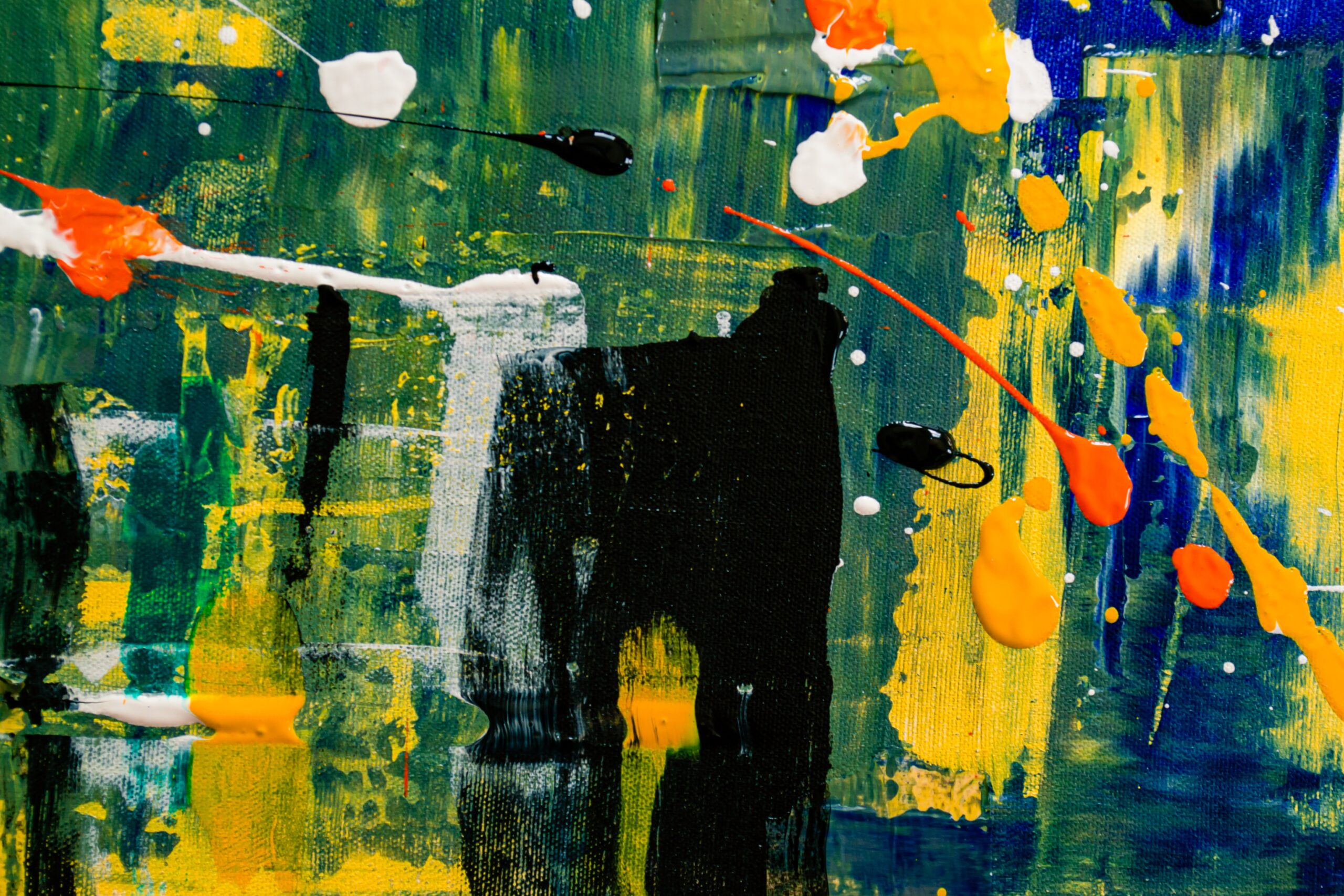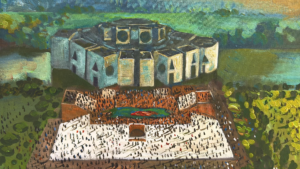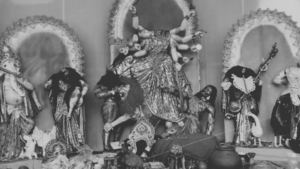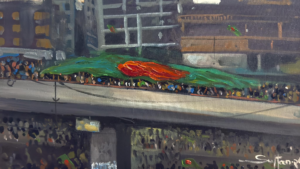
Few Bangladeshis would disagree with the opinion that the current Awami League regime, continuously controlling state power in the country since 2008, is the most politically formidable and unchallenged in the country’s history. In fact, people can safely say that no Pakistani regime enjoyed this kind of near-hegemonic power in the country before 1971. This unprecedented phenomenon has generated much discussion in recent years among scholars and non-specialists of Bangladesh studies about the sources and causes of such unrivaled power.
We can see two broad schools of thought among the growing number of theoretical explanations of regime power in Bangladesh. There is a class of explanations built on the manufacture of narratives as a source of regime power. National narratives are grand stories that encompass history, personalities, events, and socio-economic changes of the country and provide believable explanations of how things have happened in the past, what is the present dynamic and visions of the future. Successful narratives are believed as truth by a large section of the people, large enough to build powerful coalitions that can challenge or stay in state power for a long time.
The other school of explanation is based on political economy theories and mechanisms. According to these explanations, a regime can stay in power indefinitely in a non or semi-democratic polity if it can build a strong enough coalition based on the distribution of economic rent and privileges, and there are many not easily exhaustible sources of rents.
Upcoming political scientist Saimum Parvez Ph.D. has recently written a three-part article series on the narrative explanation of the Awami League regime’s continued dominance of political power. This brief but comprehensive discussion carefully lays out how the party and its supporters gradually built the political coalition based on narratives over the years and how theories of politics underpin the efficacy of this narrative building. In this article, I will strive to briefly discuss his main arguments and provide a short commentary on the comparative usefulness of narratives versus political economy theories in explaining the Awami regime’s seemingly unperturbable hold on power.
In the first part of the essay series, Dr. Parvez discusses how the Awami League, and its supporting intelligentsia have been indefatigably developing a sacralized narrative based on the independence struggle and 1971 war of separation from Pakistan right from the end of the war. According to these narratives, the Awami League and its indubitable leader Sheikh Mujibur Rahman assume roles of heroic good, while the Pakistani political-military regime and all its local supporters are assigned the stigma of villainous evil of the darkest kind. The rest of the country gets, at best, roles of the victim in this narrative, at worst silent beneficiary. Through this narrative building, the Awami League has not only aimed to monopolize the history of the bloody birth of Bangladesh but also has pressed the claim that the party is the only legitimate custodian of the country’s political leadership.
In the second part of the essay, the author elaborates on how the narrative-building of the Awami League has played out in Bangladesh’s socio-political scene over the decades and till today. National narratives are unique to a country or a nation, but at the same time, these narratives are taking place in a heavily interconnected world where less developed countries are especially buffeted by global and regional developments. Awami League’s five-decade-long narrative building centered on the 1971 war and the personalities of one family has given rise to some curious phenomena, some of which are unique to Bangladesh while others are shared across borders.
Dr. Parvez points out that a core outcome of the narrative building by the Awami League is that the nation of Bangladesh has seemingly divided into two nationalist camps based on their conception of the role of Islam in the identity of the nation. Awami League has developed a camp of Bengali nationalism built on cultural and ethnic identity of Bangladeshis and formed during the political struggle against West Pakistani regimes that used Islam as an overarching identity to unite and control the two very disparate halves of the country. The formative experience of Bengali nationalism leads to a restrictive role of Islam in the public life new nation. Bangladeshi nationalism, on the other hand, was crystallized during the early decades of the new country when people of the small, poor, and unstable country feared assimilation and loss of identity to the giant neighbor India, with which Bangladesh not only shares ninety percent of the border but also a huge amount of cultural and economic exchange. Bangladeshi nationalism has put more emphasis on the Islamic identity of the overwhelming majority of the citizens, to distinguish the country from India.
There is an adversarial-symbiotic relationship between the two nationalisms of Bangladesh. While adherents of each nationalism implicate the other as an implacable enemy of the nation, they also, at the same time, base their political legitimacy on opposition to the other. Therefore, they find it advantageous to play up the power, nefariousness, and threat of opposing nationalism. For the Awami League-sponsored Bengali nationalism, the antithetical positioning toward Islamic identity-based Bangladeshi nationalism proved to be a huge boon after 9-11 when War on Terror became the dominant global milieu. While adherents of Bangladeshi nationalism amateurishly failed to position themselves correctly with respect to political Islam, Awami League adroitly marketed itself to the world as the only bulwark against extremist political Islam in Bangladesh. This narrative turn proved itself to be greatly important in creating the political imbalance that gave rise to the ongoing and decade-long dominance of the Awami League in Bangladeshi politics.
However, the narrative repertoire of the present Awami regime is not just based on the history of independence and opposition to Bangladeshi nationalism. As the undemocratic and authoritarian character of the regime gradually became clear to everyone after the 2013 election, Awami League began to weave a narrative of authoritarian economic development with East Asian countries like China and Malaysia as ideals and models. The waning of the global War on Terror and the threat of Islamic extremism in the years between 2010 and 2020 also necessitated increasing reliance on such an economy-focused narrative.
The regime supports the narratives of nationalism, development, and family leadership with full and arbitrary use of state power. People who question or criticize the narratives find themselves at the mercy of the coercive power of the government or political organizations of the regime. Many of them have found themselves under arrest, kidnapped, jailed, or simply disappeared. All newspapers and media organizations have been intimidated into cheerleading or agreeing with the ongoing narratives promoted by the regime. Voice of the people is markedly absent in media; one can only get ideas about the hold of narratives from extremely private interactions.
In the final part of the series, the author shifts back to discussing theories from social science to explain how narratives can become such a dominant force in politics and society. Internalization is a key aspect of domination by narratives. In the beginning stages, political organizations use narratives and propaganda instrumentally to secure an advantage over other competing entities. However, with time, the leaders and the followers of the organizations start believing the narratives themselves as incontrovertible truths because true believers make better enforcers of narratives. The author points out how the Awami League narratives have gradually shifted from mere stories of history and leaders to a centralized and totalized device of controlling the whole country with the backing of state power. Not only there is now narratively proper stories to believe about the country, but there are proper ways to dress, proper use of language, proper ways to behave socially, etc.
While this article series masterfully presents the narrative explanation of the Awami regime’s dominance in politics, social scientists have also resorted to Political Economy theories to explain the same. Political economy theories of regimes in countries where democracy has not become institutionalized build on economics and coercive power of coalitions. Political organizations, bureaucracy, military, and law-enforcement organizations, organized and individual business interests, and local violence entrepreneurs; are the main building blocks of coalitions. Whichever contender can build the most economically and coercively powerful coalition wins state power, and regime stability depends on the power of the ruling coalition. The process of coalition building is mainly facilitated by the distribution of economic rents and privileges to coalition partners. When there are significant sources of economic rents in the country, stronger and more durable coalitions become possible. Since regimes in non-democratic countries generally have disproportionate control of the economic resources of the country, greater resources make regimes more durable.
According to Political Economy theories, the Awami regime from 2008 till now has shown to be stronger and more durable than all previous regimes because sustained economic growth in the country over the decades has led to such a situation since the 2000s decade that building an almost unchallengeable coalition has become easier for incumbents. The sources of rent from every sector of the economy have become so much greater than previously that the regime has managed to buy off loyalty from bureaucracy, military, police, business organizations, and violence entrepreneurs in an unprecedented way. The source of regime power is the economic growth of Bangladesh and until that growth falters, the regime faces no serious challenges to its power.
So, which is the more compelling explanation for the unprecedented power of the Awami regime? It seems that the narrative explanation ignores or minimizes the role of materialistic relations that clearly underpin the coalition built by the regime. Political Economy explanations on the other hand, do not adequately address the ideational part played in sustaining this coalition both domestically and internationally.
I think that the two schools of explanation are not substitutes but complementary to each other. Both of them are critical in studying, understanding and explaining the Awami regime. However, the salience of the two explanations depends on time and context. For some periods of the long duration of the regime, the narrative explanation seems to provide a more persuasive explanation than the other. I think from 2008 to 2015, the narrative explanation had more power because of the global War on Terror, the specter of Islamic extremism gaining a foothold in the country. However, from 2015 onwards, the country’s political economy seems to provide a clearer and more convincing explanation of regime power.
We are in a phase of politics and economy of Bangladesh where the material conditions and economic relationships among the coalition of the regime are very clear to everyone. However, the people are able to do anything about it because of the difficulty of collective action and the sheer oppressive power of the regime. The regime meanwhile goes through the motion of spinning narratives, but in my view, both the regime and the people know that these narrative spins have now become largely ceremonial; there is a palpable lack of conviction among both the conductors and the audience. The real vigor of the regime is demonstrated in protecting the powerful members of the coalition from domestic and international accountability. Meanwhile, unchecked plunder of the economy continues among the coalition members as if there is no tomorrow.
There are two great changes going on, one global and one domestic, that has great bearing upon both the narrative and political economy of regime power in Bangladesh. First, the global War on Terror is waning, and the threat of political Islam is receding, at least for the foreseeable future. Secondly, economic contradictions and stresses are piling up quickly in Bangladesh because of the depredation of the political and economic elite. The bills are going to be due very soon. Both narrative and political economy students will watch, with enraptured interest, how the regime navigates these challenges in the next couple of years.





